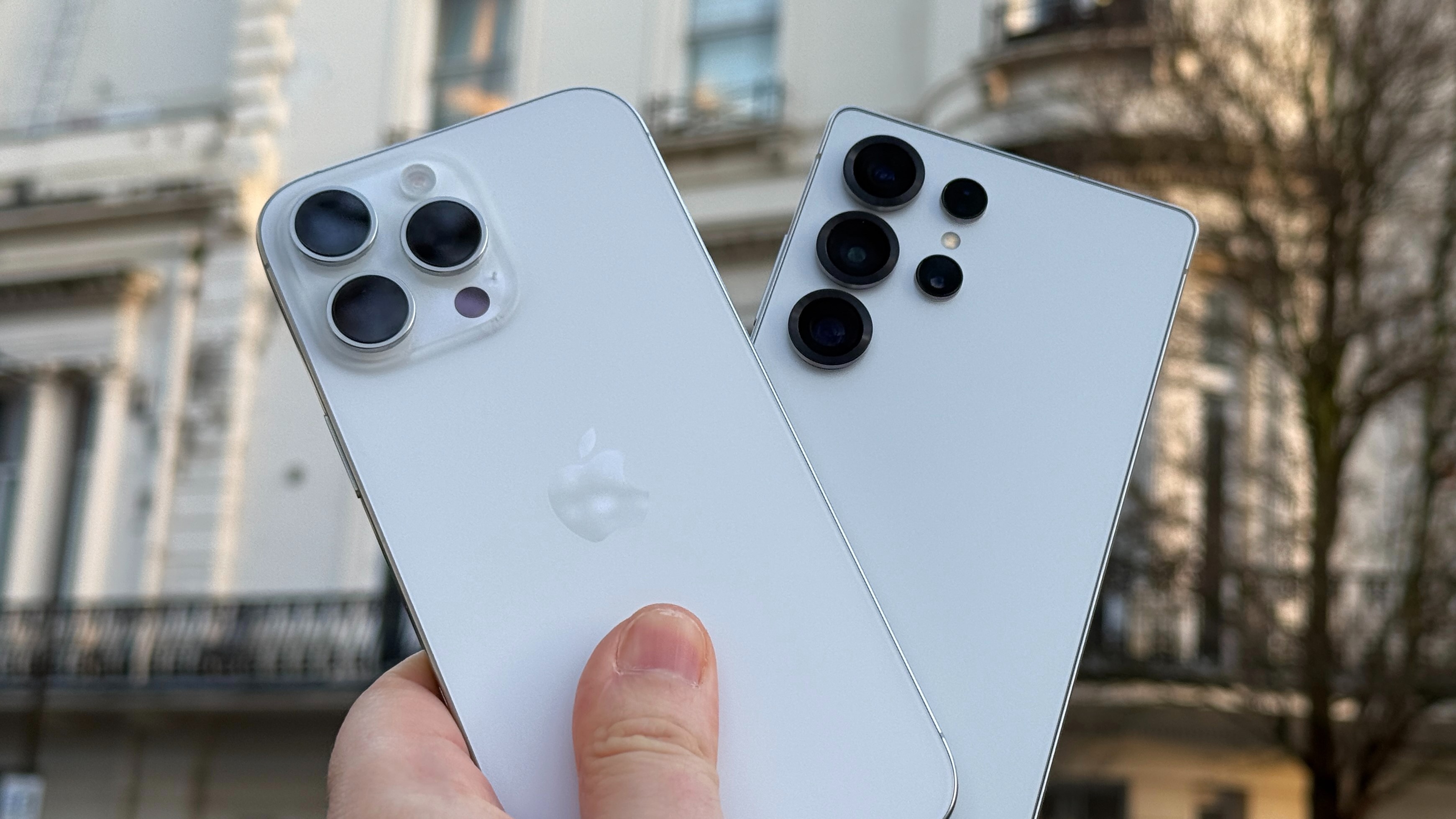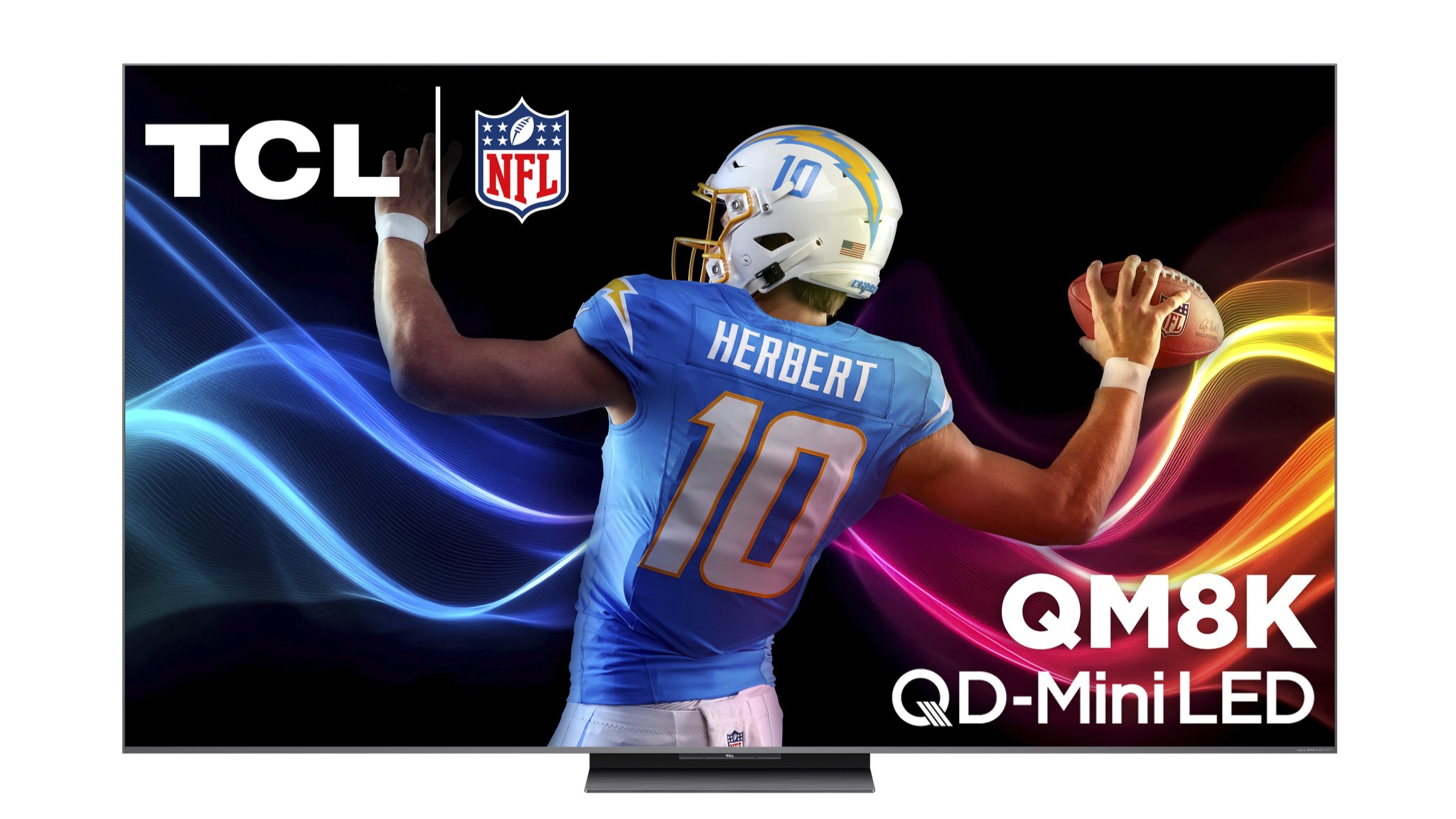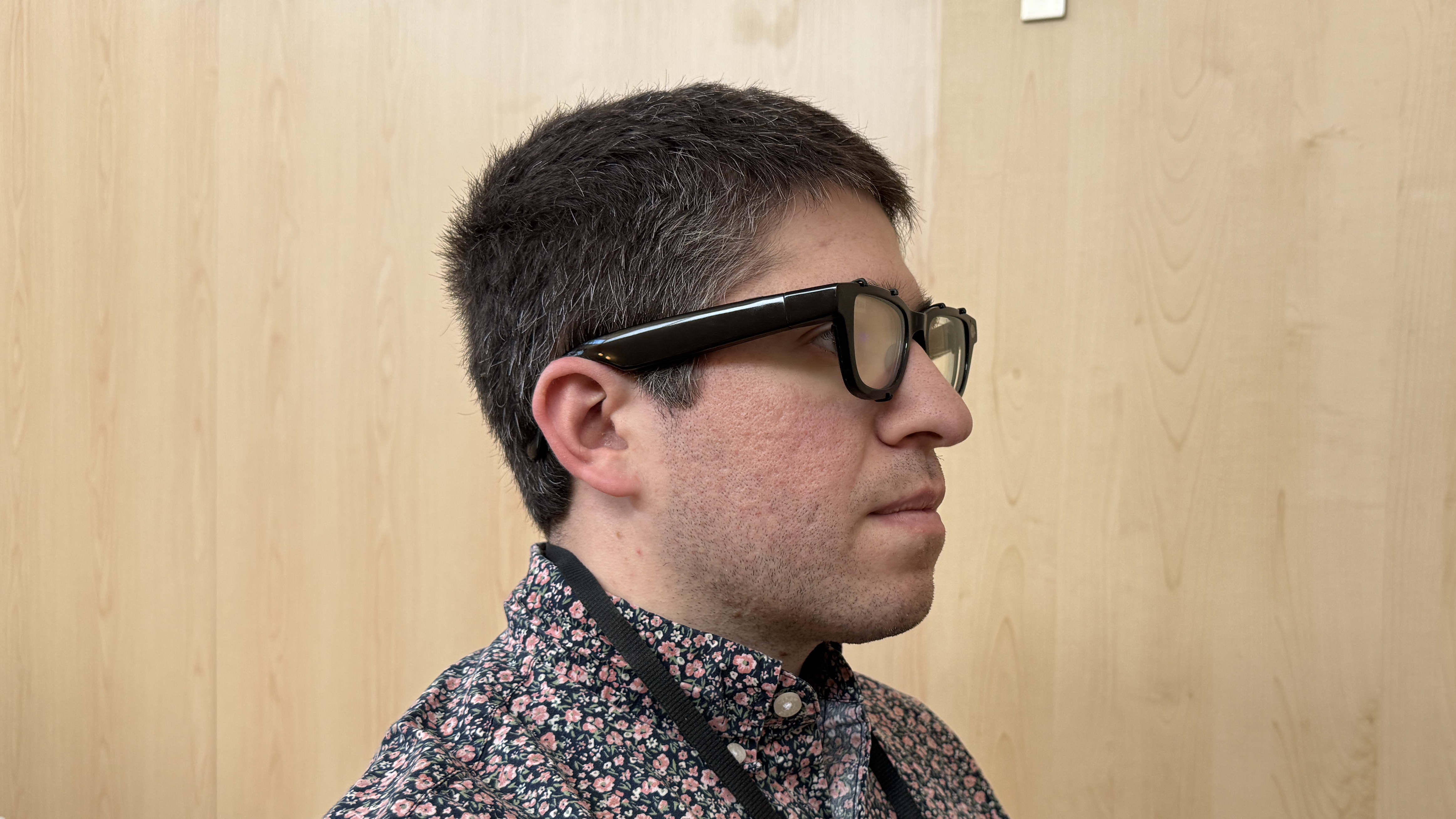At first, I wasn’t sold on the idea of titanium being used in phone chassis, dismissing it as a bit of a marketing gimmick rather than a truly useful feature. But then I spent time with the iPhone 15 Pro Max, Samsung Galaxy S24 Ultra, and then their successors, the iPhone 16 Pro Max and Galaxy S25 Ultra, made me a titanium convert
My 180-degree turn in opinion about titanium stems from my habit of not using cases for flagship phones, as part of my appreciation for slick industrial design. This doesn't mix with an inherent clumsiness and bad luck that often sees these expensive phones take a plunge towards hard floors and surfaces in one way or another.
Those with a stainless steel chassis would tend to chip, dent, and scratch, but the aforementioned titanium-sporting phones benefit hugely from the toughness of the metal and basically shrug off the accidental battering I give them.
So it’s my hope that more phones, including the likely upcoming Samsung Galaxy Z Fold 7 make use of titanium.
However, despite its toughness and relative lightness, the rumored iPhone 17 Air will eschew titanium for an aluminium frame, all with the idea of maximising thinness and lightness. We’ve heard this rumor a few times, with the latest tip coming from the Korean-language yeux112‘s blog.
The blog, which supposedly has insider or supply chain information, claims aluminum will be used for the frame of the iPhone 17 Air, as toughness takes a back seat in favour of lightness.
Leaving me alumi-numb

Having recently been at a wedding, I’m all for thinner and lighter phones that can help me avoid unwanted bulges in my suit (stop laughing at the back). But I don’t want this to come at the expense of toughness, so the idea of aluminum in the iPhone 17 Air has me raising a wary eyebrow.
I also rather like the heft of iPhones; there’s just something reassuringly solid and premium with the older Pro models and their stainless steel chassis.
I’ve since embraced titanium for the larger Max phones as the lighter weight makes the larger phones easier to handle one-handed. But much lighter would run the risk of making these flagship Apple phones feel potentially cheaper than their list prices.
That being said, Apple can still be innovative from time to time, and I’d not be surprised if the Cupertino crew is working on some form of alloy or design that’ll thread the line between a super-light and thin phone and one that’ll not be ruined by the odd fall.
We’ve seen Apple do that with its Ceramic Shield glass, so perhaps we could see the advent of ‘Aluminium Armor’ with the iPhone 17 Air; time will tell, and it'll likely be at a September Apple event.




